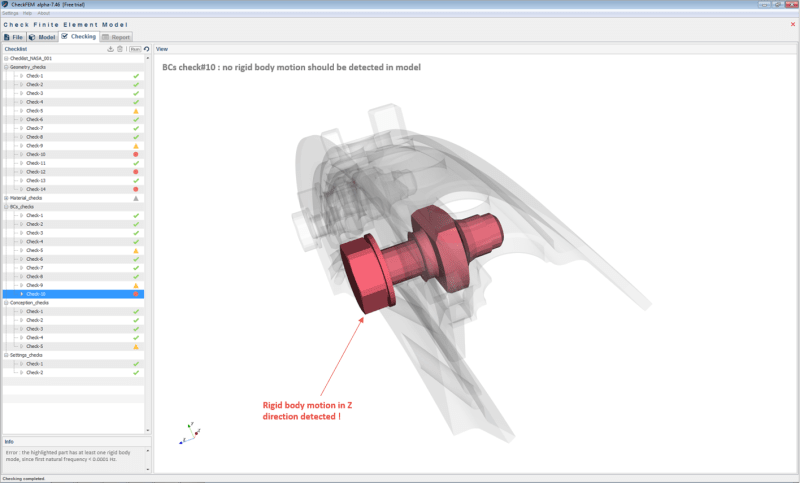Hello everyone,
According to this post --> thread507-321928, I am no the only one suffering from quality control of finite element models![[cry] [cry] [cry]](/data/assets/smilies/cry.gif)
I work in a company (aerospace) where I have to check calculations/results of the team .. this gives me a lot of headache![[banghead] [banghead] [banghead]](/data/assets/smilies/banghead.gif)
A couple years ago, I started developing (with friends) a desktop software to overcome this particular task: the software must read the input file (bulk data), execute a checklist, and display result of the check.
Simple to say, but not easy to do .. the work still going .. I am alone in the project now (friends gave up)
What do you think about this solution ? Is it worth to continue ?
EM
According to this post --> thread507-321928, I am no the only one suffering from quality control of finite element models
![[cry] [cry] [cry]](/data/assets/smilies/cry.gif)
I work in a company (aerospace) where I have to check calculations/results of the team .. this gives me a lot of headache
![[banghead] [banghead] [banghead]](/data/assets/smilies/banghead.gif)
A couple years ago, I started developing (with friends) a desktop software to overcome this particular task: the software must read the input file (bulk data), execute a checklist, and display result of the check.
Simple to say, but not easy to do .. the work still going .. I am alone in the project now (friends gave up)
What do you think about this solution ? Is it worth to continue ?
EM

